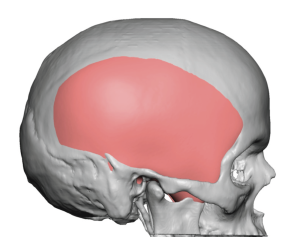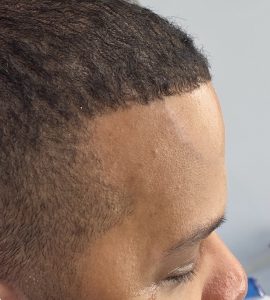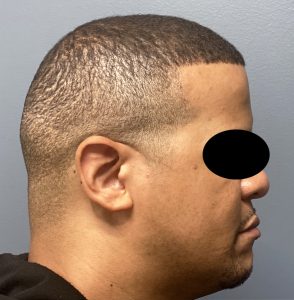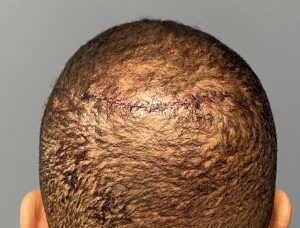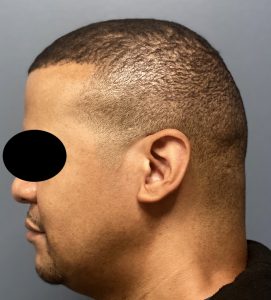Background: The soft spots on a baby’s head are well known and are its most distinguishing features. These open areas between the developing skull bones , known as fontanelles, total six in number but the most visible are the anterior and posterior ones. The anterior fontanelle is the largest of the two and closes between 12 to 24 months of age. The posterior fontanelle is much smaller, is more triangular in shape and closes much sooner within two months after birth.
Closure of these fontanelles represents a union of four bone surfaces meeting across the gap and fusing with bone. While this consistently occurs in almost all patients how thick this bony closure becomes can lead to a variety of aesthetic skull shape deformities around it. In some cases a shallow bony crater forms directly over the center of the fontanelle creating what I call a posterior fontanelle dip or dimple. Presumably this comes from a bone thickness that is thinner in the center than the surrounding skull areas.
In other cases a generalized skull flattening occurs over the posterior fontanelle region which may represent an early closure of the fontanelle gap…somewhat like a craniosynostosis but not exactly. The bone growth is restricted a bit around it leading to decreased projection. Conversely brain growth pushes more anteriorly leading to a moderate frontal bulging. Putting the two together the head shape in profile becomes slanted forward due to the lack of posterior projection and too much upper forehead projection.
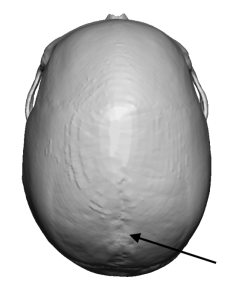
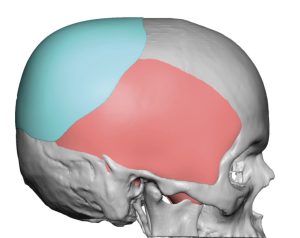
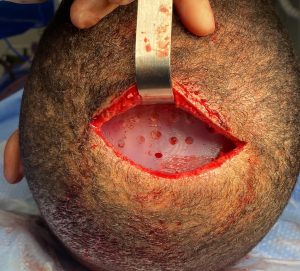
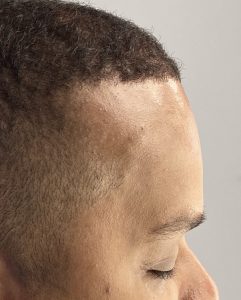
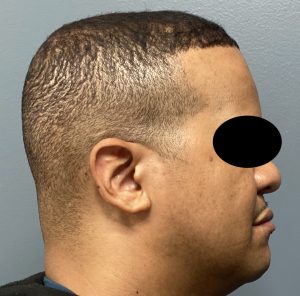
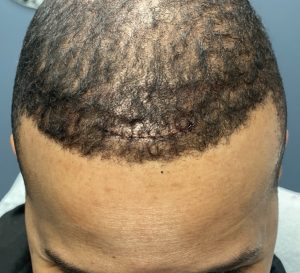
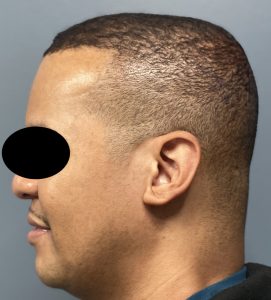
Case Highlights:
1) The posterior fontanelle skull deformity is seen as a flat posterior parietal-occipital flattening and an anterior frontal bossing creating a forward tilted head profile.
2) A custom skull implant provides increased posterior projection of the upper back of the head through a small overlying scalp incision.
3) The frontal bossing is reduced concurrently through a small anterior retrohairline incision.
Dr. Barry Eppley
World-Renowned Plastic Surgeon



